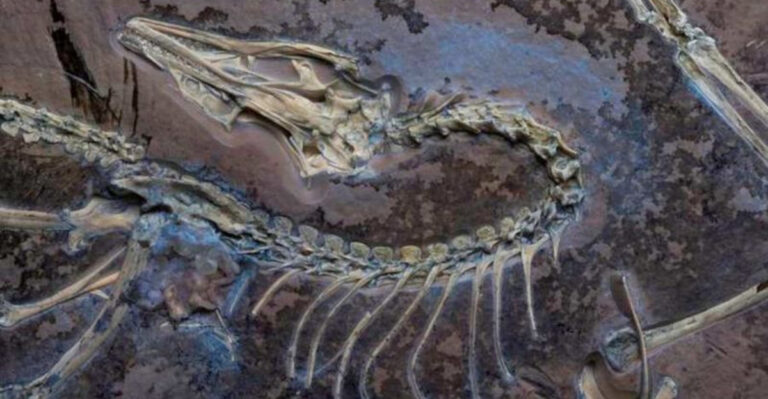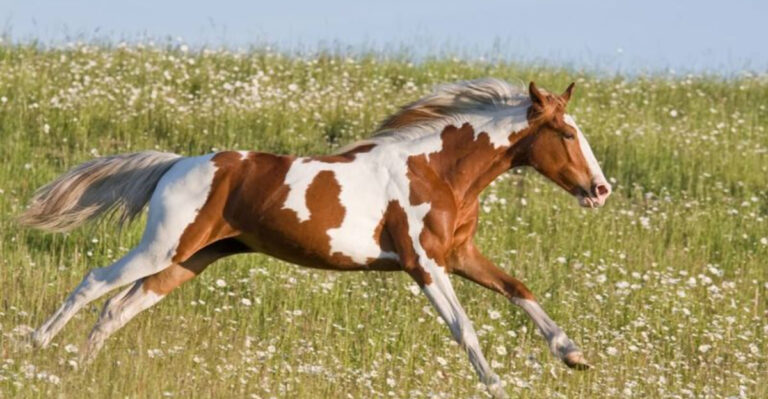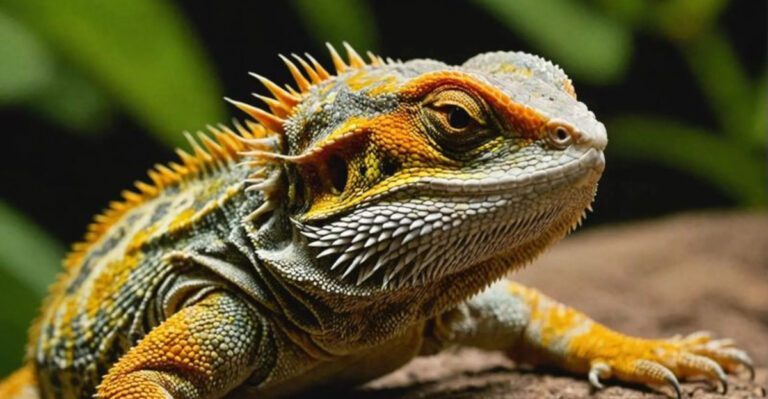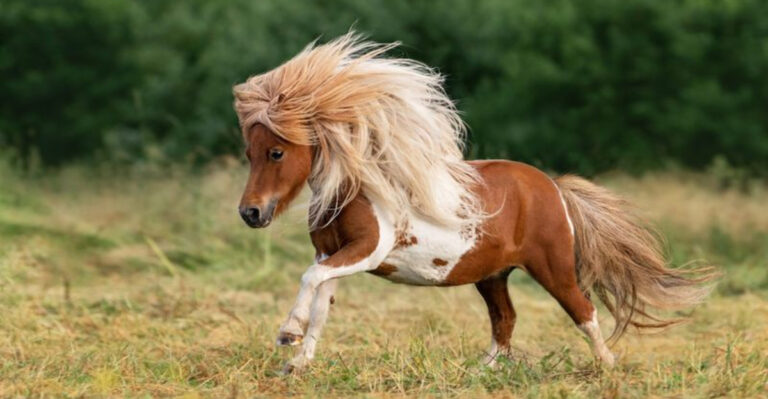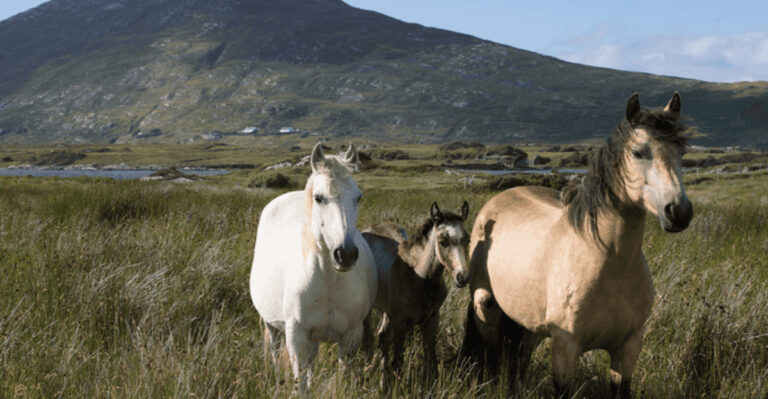15 U.S. National Parks Where Wildlife Is Thriving (And Why Rangers Warn You To Keep Your Distance)
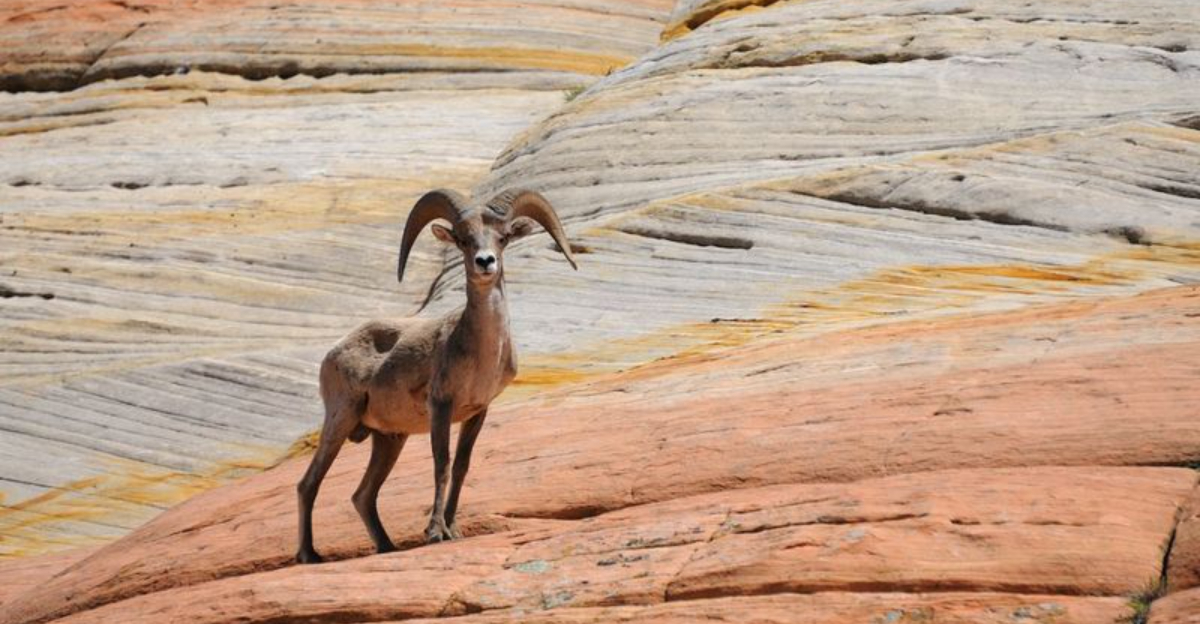
America’s national parks are magical wilderness havens where animals roam freely in their natural habitats. These protected lands offer visitors rare glimpses of creatures that have become increasingly scarce elsewhere.
While spotting a grizzly bear fishing in a stream or watching a herd of bison graze might seem like perfect photo opportunities, park rangers emphasize one critical rule above all others: maintain a safe distance from wildlife.
Let’s explore the parks where animal encounters are most common and understand why keeping your distance isn’t just about your safety – it’s about theirs too.
1. Yellowstone’s Bison Herds Roam Freely

North America’s largest land mammals thunder across Yellowstone’s vast meadows in numbers not seen since near-extinction in the 1800s. Today, roughly 5,000 bison roam the park’s 2.2 million acres.
Rangers report countless injuries each year from visitors who approach these deceptively quick animals. Despite their massive 2,000-pound frames, bison can sprint at 35 mph – three times faster than humans!
The park’s rule is simple: stay at least 25 yards away. When a bison raises its tail in an upward arc, it’s not being cute – it’s warning you that a charge might be imminent. Their unpredictable nature makes them Yellowstone’s most dangerous animal.
2. Glacier National Park’s Grizzly Bears
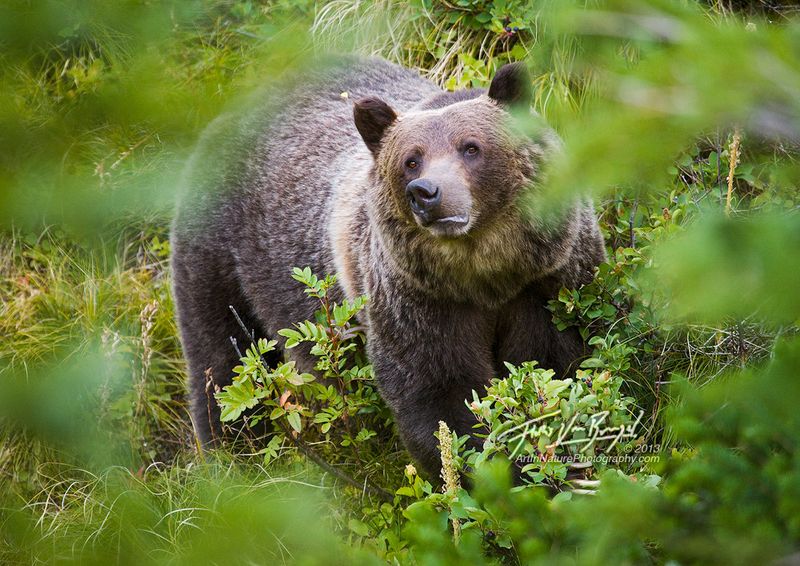
Glacier National Park hosts one of the densest grizzly populations in the lower 48 states. These massive omnivores patrol alpine meadows and dense forests, their incredible sense of smell guiding them to food sources miles away.
Many visitors don’t realize that bears can detect scents up to seven times better than bloodhounds. Your sandwich might attract a hungry bear from remarkable distances.
Rangers mandate a 100-yard minimum distance from bears. Carrying bear spray is essential, not optional. Remember that mother bears with cubs are particularly defensive – a seemingly cute photo opportunity could quickly become life-threatening if mama bear perceives you as a threat to her young.
3. Grand Teton’s Elk Migration Spectacle
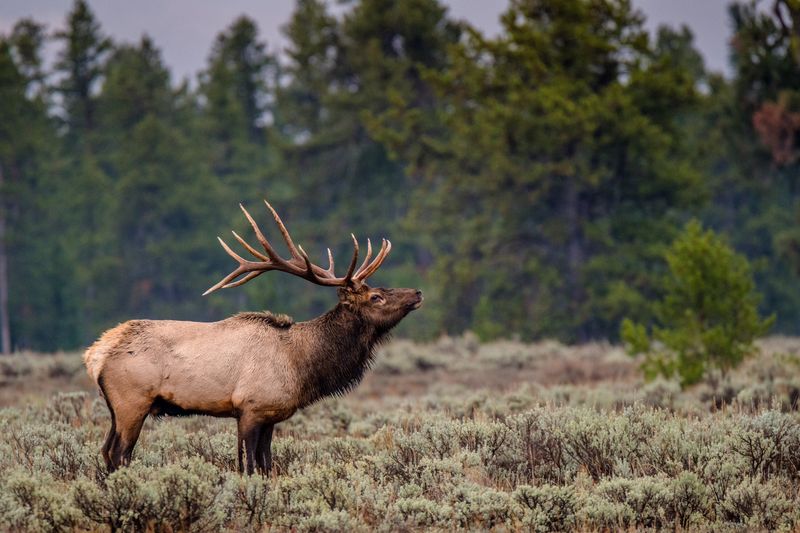
Every autumn, thousands of elk descend from high mountain pastures to winter in the valley of Grand Teton National Park. This migration creates one of America’s most impressive wildlife displays as massive bulls with towering antlers gather harems of females.
Fall brings the rut – mating season – when normally docile elk become unpredictable. Males battle fiercely, their haunting bugling calls echoing across the landscape.
Rangers emphasize that bull elk see everything as competition during the rut. Those magnificent antlers aren’t just for show – they’re weapons that can inflict serious damage. The 25-yard distance rule is especially important here, as excited visitors often underestimate how quickly these 700-pound animals can charge.
4. Olympic National Park’s Coastal Predators
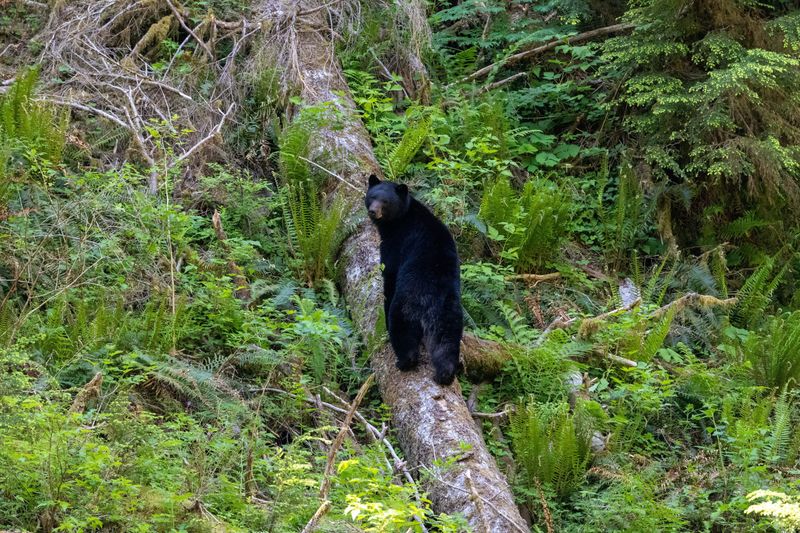
Olympic National Park’s unique geography creates diverse ecosystems where predators thrive. Along its rugged coastline, visitors might spot coastal wolves, mountain lions, and black bears hunting in tide pools or patrolling beaches.
These predators are naturally wary of humans but have grown increasingly bold as more visitors leave food unattended. A fed predator quickly becomes a dangerous predator.
Rangers emphasize proper food storage even on day trips to the beach. The park’s predators can smell food sealed in plastic bags from remarkable distances. While attacks are rare, these powerful animals move with shocking speed through the coastal forest. Always scan your surroundings on remote beaches – you’re in their hunting territory.
5. Everglades’ Alligator Paradise
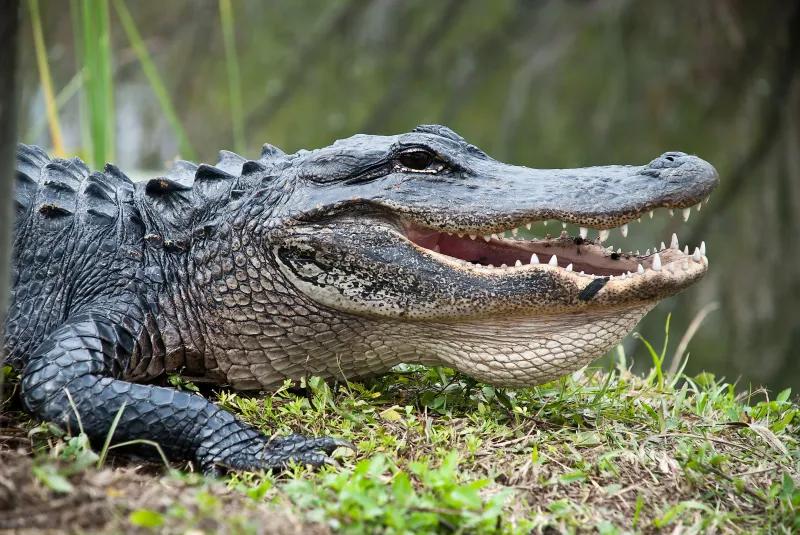
The Everglades hosts the largest population of American alligators anywhere, with roughly 200,000 of these prehistoric reptiles patrolling its waterways. Their recovery from near-extinction represents one of America’s greatest conservation successes.
Despite their fearsome appearance, alligators typically avoid humans. The problems start when people feed them, destroying their natural wariness.
Rangers warn that alligators can lunge from water with explosive speed, covering several feet in fractions of a second. They’re surprisingly mobile on land too, capable of short bursts up to 35 mph. The mandatory 15-foot minimum distance often surprises visitors who don’t realize how quickly these reptiles can close gaps. Never approach nests – mother alligators are intensely protective.
6. Denali’s Wolf Packs Hunt Together
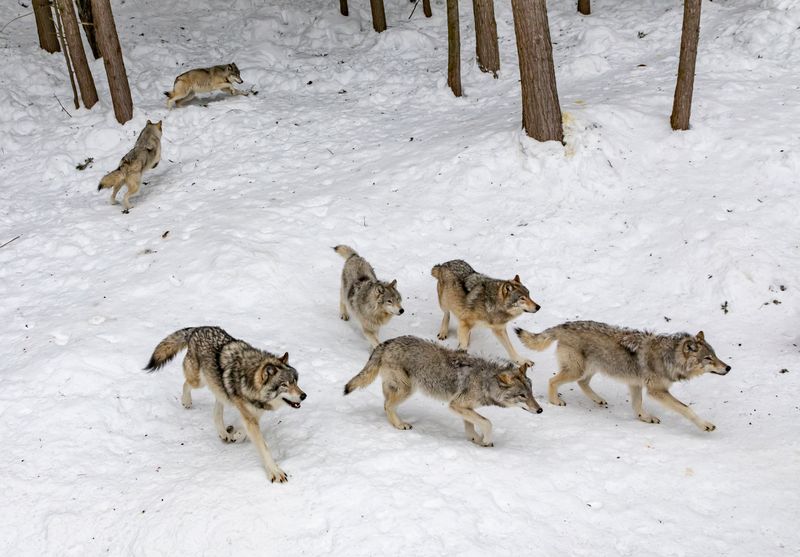
Denali National Park offers rare opportunities to witness wild wolf packs hunting cooperatively across its vast tundra. Unlike many lower 48 parks, Denali’s wolves haven’t been extensively hunted, making them less fearful of humans.
Visitors sometimes mistake this lack of fear for friendliness. Rangers emphasize that these are wild predators, not remotely like domestic dogs.
The park enforces a minimum 300-yard viewing distance for wolves. Their hunting territories span hundreds of square miles, and they travel up to 30 miles daily. While wolf attacks on humans are extremely rare, these intelligent predators are opportunistic. Never hike alone in wolf territory, especially at dawn or dusk when they’re most active, and never approach pups – adults will defend them fiercely.
7. Grand Canyon’s Desert Bighorn Sheep
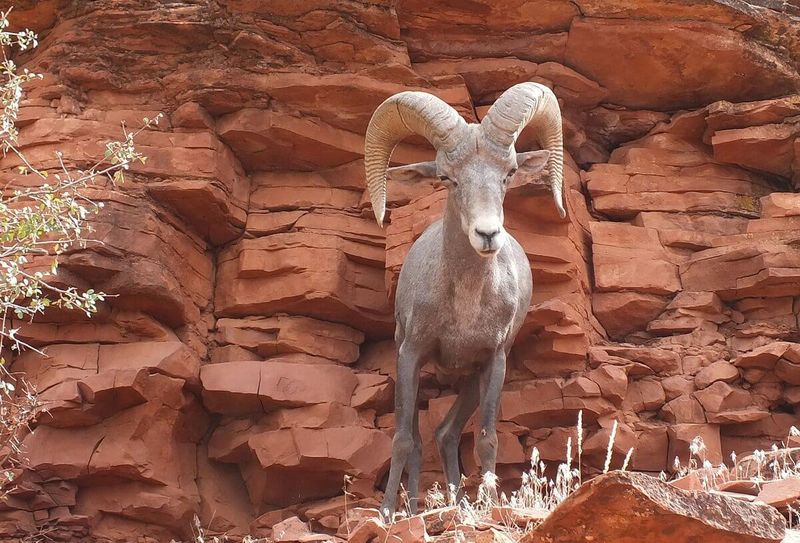
Grand Canyon’s steep cliffs provide perfect habitat for desert bighorn sheep, who navigate seemingly impossible terrain with astonishing agility. These magnificent animals were nearly wiped out by disease and hunting but have made a remarkable comeback.
Males sport massive curved horns that can weigh up to 30 pounds – more than the rest of their skull combined. During rutting season, males battle by charging each other at speeds up to 40 mph.
Rangers warn that these normally shy animals can become aggressive if cornered or if they feel their young are threatened. The narrow trails winding through their territory leave little room for escape if a ram decides to charge. Never block their path on trails, and remember that what looks like a perfect photo opportunity could quickly become dangerous.
8. Rocky Mountain’s Elk Encounters

Rocky Mountain National Park’s meadows host one of America’s most accessible elk populations. During fall rut, enormous bulls gather harems in open areas near roads, creating traffic jams as visitors stop to watch.
This accessibility creates dangerous situations. Rangers report numerous injuries yearly from visitors who approach too closely for photos.
Bull elk become highly territorial during mating season, viewing anything – including humans – as potential competition. These 700-pound animals can charge without warning. Even female elk become aggressive when protecting calves in spring. The park’s 25-yard minimum distance rule is frequently ignored by excited photographers. Remember that telephoto lenses exist for a reason – to capture wildlife safely without disturbing natural behaviors.
9. Katmai’s Hungry Brown Bears
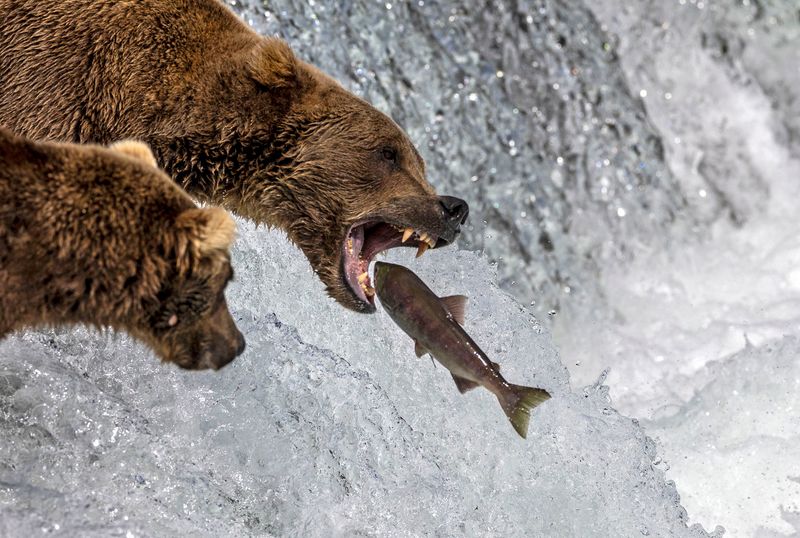
Katmai National Park features the famous Brooks Falls, where massive brown bears gather to feast on salmon. Some male bears here weigh over 1,000 pounds after a successful fishing season.
Viewing platforms allow visitors to safely watch these enormous predators. Problems arise when adventurous photographers leave designated areas seeking better angles.
Rangers emphasize that bears here are focused entirely on maximizing calorie intake before hibernation. They’ve become habituated to human presence but remain wild predators. A bear can smell food in your pocket from over a mile away. The park enforces strict food storage rules – even toothpaste must be secured. Bears that obtain human food often become dangerous and may eventually be euthanized, making proper behavior around them a matter of life and death – for the bears.
10. Theodore Roosevelt’s Prairie Dog Towns

Theodore Roosevelt National Park’s vast grasslands support extensive prairie dog colonies, creating underground cities that stretch for acres. These social rodents serve as keystone species, their burrows providing habitat for numerous other animals.
Despite their cute appearance, prairie dogs carry fleas that can transmit plague to humans. Several cases occur annually in the western United States.
Rangers warn against petting or feeding these seemingly friendly creatures. Beyond disease concerns, prairie dogs are surprisingly territorial and deliver painful bites when threatened. Their complex tunnel systems can collapse under human weight, causing ankle injuries to unwary visitors. The park’s seemingly barren grasslands actually support incredible biodiversity – much of it dependent on these industrious little engineers.
11. Acadia’s Resourceful Raccoons

Acadia National Park’s raccoons have developed remarkable intelligence through generations of interaction with campers. Their problem-solving abilities allow them to open complex latches and containers in search of food.
These masked bandits might seem harmless, but they become aggressive when habituated to human food. Their sharp claws and teeth inflict serious wounds.
Rangers report that raccoons here carry unusually high rates of rabies compared to other parks. Any abnormally friendly or aggressive behavior should be reported immediately. Secure all food in hard-sided containers – raccoons can tear through tent fabric and backpacks with ease. Their nocturnal raids on campsites often result in property damage and occasionally injuries when startled campers encounter them inside tents.
12. Shenandoah’s Black Bear Resurgence
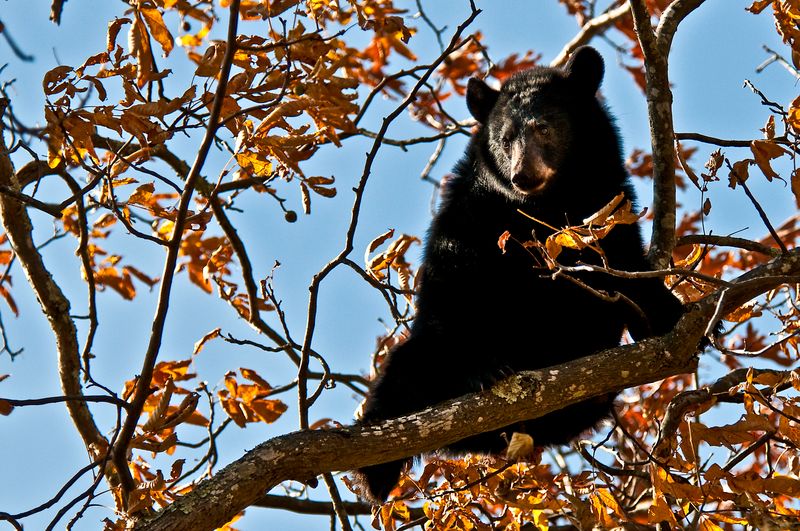
Shenandoah National Park has witnessed a remarkable black bear comeback, with populations now exceeding historical records. These adaptable omnivores thrive in the park’s diverse oak forests, which provide abundant acorns – their favorite food.
Bears here have learned that vehicles often contain food rewards. Rangers respond to numerous reports of bears breaking into cars annually.
While less aggressive than their grizzly cousins, black bears still demand respect. They can sprint at 35 mph and climb trees with astonishing speed. The park requires a 50-yard minimum viewing distance. Mother bears with cubs deserve extra caution – maternal instincts make them particularly dangerous. Bear spray works effectively on black bears, but prevention through proper food storage remains the best strategy.
13. Zion’s Desert Bighorn Comeback

Zion National Park’s towering sandstone cliffs provide perfect habitat for desert bighorn sheep, reintroduced after being hunted to local extinction. These agile climbers navigate near-vertical surfaces with remarkable ease, often appearing on seemingly inaccessible ledges.
Males battle dramatically during rutting season, charging each other at full speed. The sound of their horns colliding echoes through canyons like rifle shots.
Rangers warn that these normally shy animals become bold around humans who offer food. Approaching too closely on narrow trails can trigger defensive charges with nowhere to escape. Their powerful horns can cause serious injury. The sheep’s comeback represents a conservation success story – respect their space to ensure this success continues for generations.
14. Channel Islands’ Unique Fox Population

Channel Islands National Park protects the world’s smallest fox species – the island fox, found nowhere else on Earth. These cat-sized canids nearly disappeared in the 1990s but have made an extraordinary recovery through intensive conservation efforts.
Their curiosity and lack of natural predators make them unusually bold around humans. Rangers report foxes stealing unattended food and even opening zippers on backpacks.
While they appear harmless, foxes here carry potentially dangerous parasites and diseases transmissible to humans. They’re also surprisingly territorial despite their small size. The park prohibits feeding foxes – doing so disrupts natural behaviors and creates dangerous dependencies. Their recovery from just 15 individuals to over 2,000 represents one of conservation’s greatest success stories – one that continued human respect can help maintain.
15. Great Smoky Mountains’ Unexpected Elk
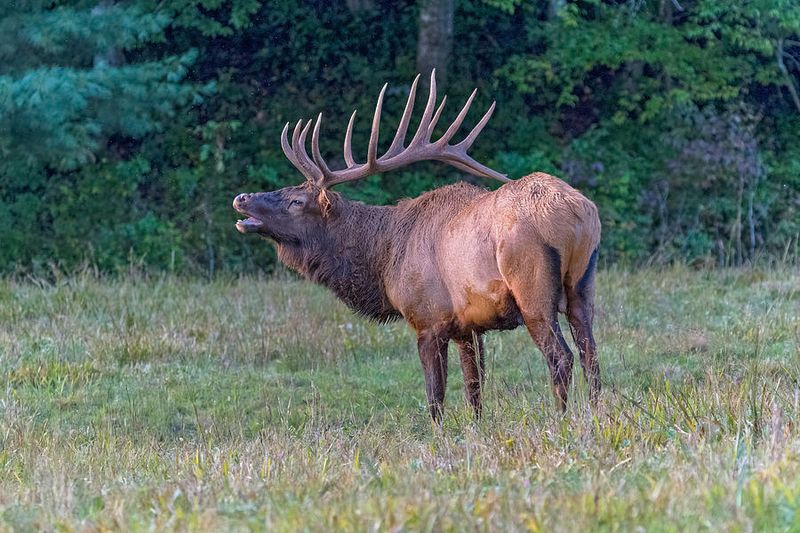
Great Smoky Mountains National Park successfully reintroduced elk in 2001 after a 150-year absence. These magnificent animals now thrive in the park’s lush meadows, their population growing steadily each year.
During fall rut, male elk become extremely aggressive, challenging anything they perceive as competition. Their haunting bugling calls echo through valleys as they gather harems.
Rangers enforce strict viewing guidelines after several serious injuries from visitors approaching too closely. An elk can go from peacefully grazing to charging in seconds. Their massive size – bulls can exceed 700 pounds – makes them dangerous when provoked. The park’s 50-yard minimum distance rule exists for good reason. Bring binoculars instead of trying for close-up smartphone photos that could put both you and these magnificent animals at risk.

